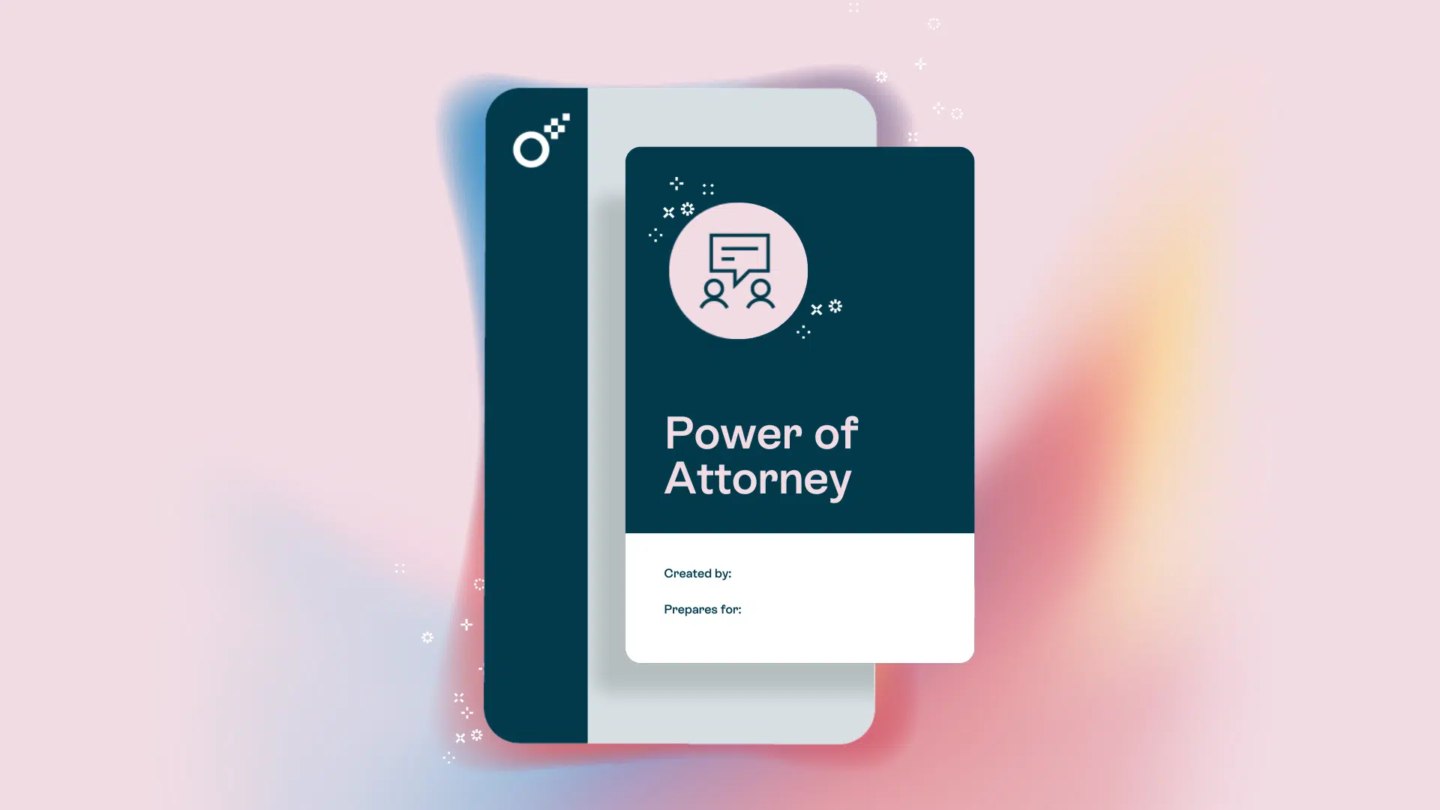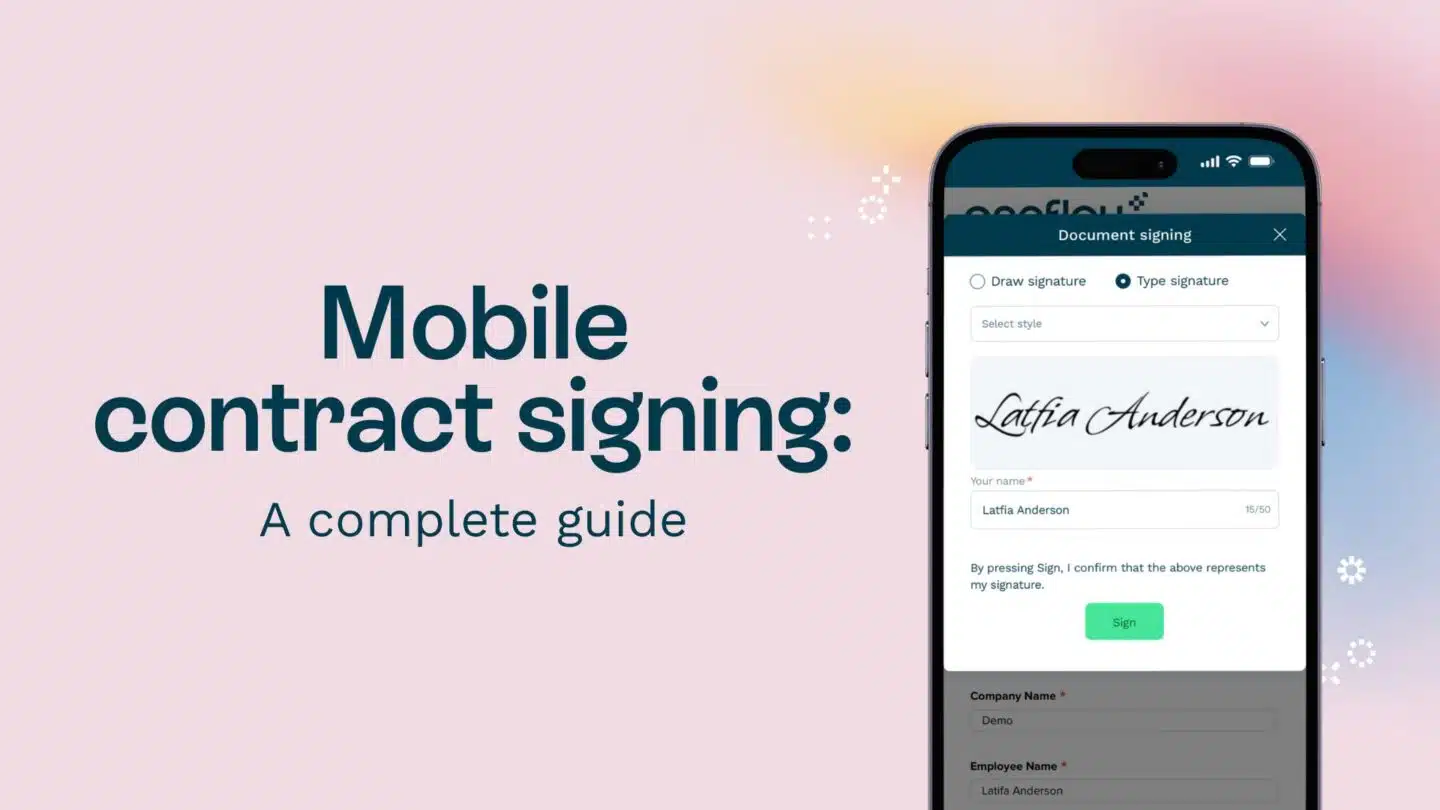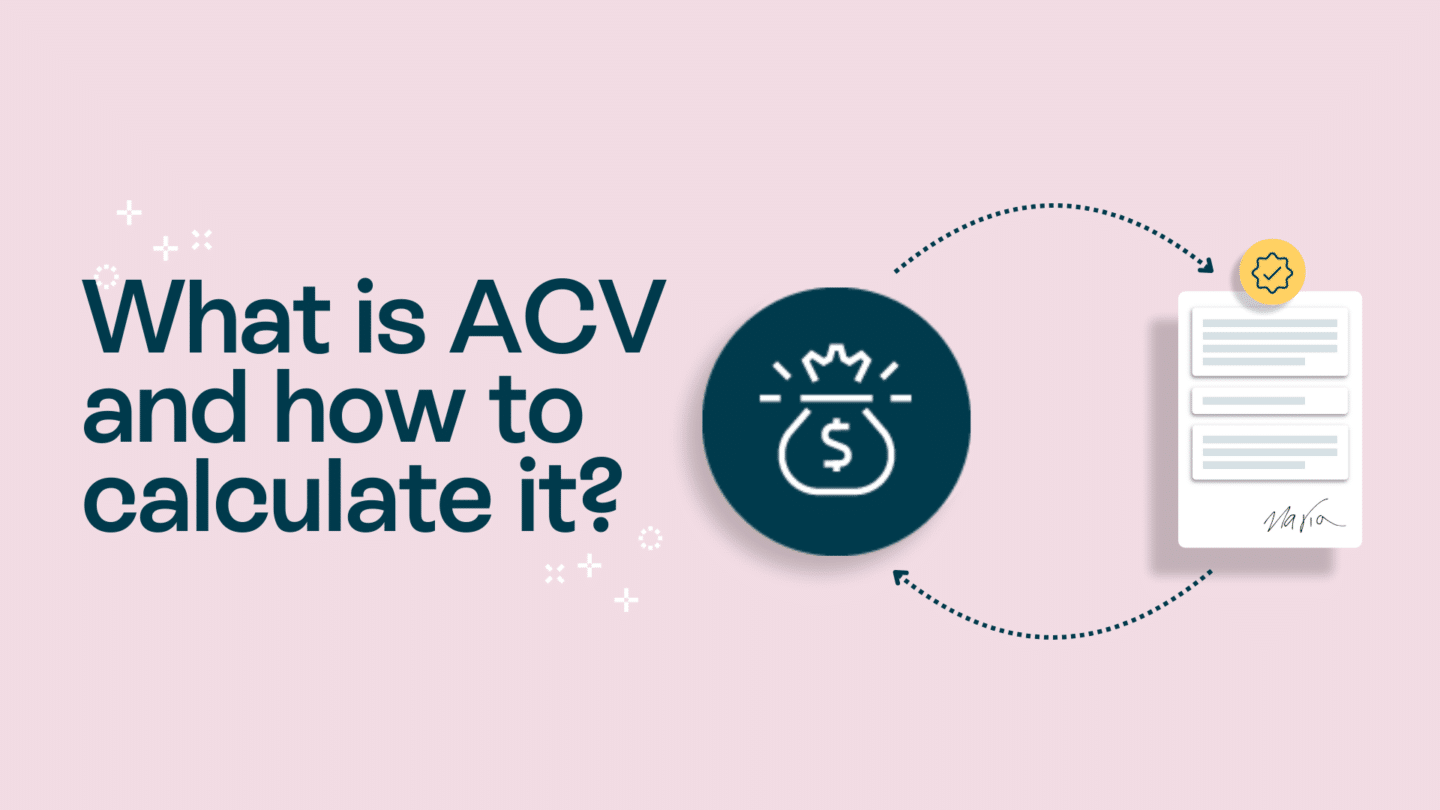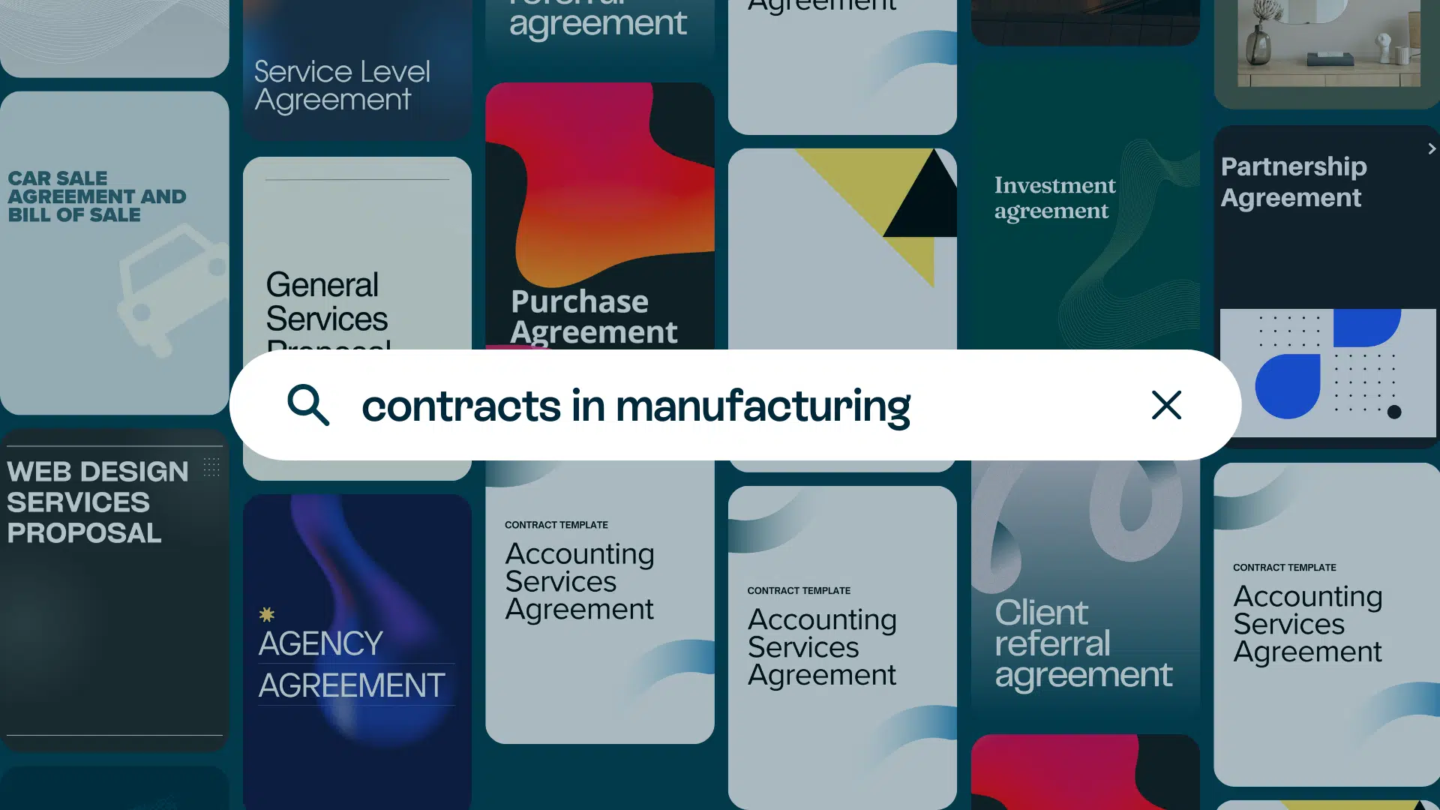An offer letter is a crucial document in the recruitment process. It serves as a formal invitation to a prospective employee to join your organisation. Not only does it outline the terms and conditions of the employment, but it also sets the tone for the employer-employee relationship.
In this article, we will explore the key components of an offer and provide you with a step-by-step guide on how to write an effective one that will make your company stand out from the competition.
Understanding the importance of an offer letter
An offer like this holds significant importance for both the employer and the employee. For the employer, it serves as a legally binding contract that outlines the terms and conditions of the employment. This document ensures that both parties are aware of their rights and responsibilities, reducing the possibility of any misunderstandings or disputes in the future. Additionally, an offer letter can help attract top talent and create a positive first impression of your organisation.
When crafting an offer letter, it is crucial to provide a comprehensive overview of the employment agreement. This includes details such as the start date, the position title, and a clear description of the job responsibilities. By outlining these specifics, the employer sets clear expectations for the employee, paving the way for a successful working relationship.
Read also: A Basic Guide on Electronic Signatures and What Makes Them Legal

What are the legalities around an offer letter?
A letter making an offer is more than just a formality; it has legal implications. It clearly defines the employer’s expectations, including the job role, compensation, benefits, and other terms of employment. By including these details in writing, you can avoid potential legal issues and ensure compliance with employment laws.
It is crucial to consult with legal professionals to ensure that your offer letter adheres to the specific regulations in your jurisdiction. Employment laws can vary from one country to another, and even within different states or provinces. By seeking legal advice, you can ensure that your offer letter is legally sound and provides adequate protection for both parties involved.
Moreover, an offer letter can also serve as evidence in case of any disputes or claims in the future. Having a written agreement can provide clarity and support in legal proceedings, should they arise. Therefore, it is essential to include all necessary terms and conditions in the offer letter to safeguard the interests of both the employer and the employee.
The role of an offer letter in recruitment
Aside from its legal implications, an offer letter plays a vital role in the recruitment process. It serves as the culmination of a successful hiring process, reinforcing the employer’s commitment to the candidate and their suitability for the role.
When an employer extends an offer letter, it signifies that the candidate has successfully passed through multiple stages of evaluation and has been chosen among other applicants. This gesture not only validates the candidate’s skills and qualifications but also boosts their confidence in accepting the job offer.
Furthermore, an offer letter can create a positive candidate experience, leaving a lasting impression on the individual and potentially influencing their decision to accept the job offer. A well-crafted offer letter can demonstrate the employer’s professionalism and attention to detail, making the candidate feel valued and appreciated.
Additionally, an offer letter may include information about the company’s culture, mission, and values. This provides the candidate with further insight into the organisation and helps them align their personal goals with the company’s vision.
Read also: Ten ways to build a recession proof business

Essential elements of an effective offer letter
Now that we understand the importance of an offer letter, let’s take a closer look at the essential elements that should be included:
Job description and duties
The offer letter should provide a clear and concise description of the job role and responsibilities. This section should outline the expectations and requirements of the position, ensuring that both parties have a shared understanding of what is expected.
Compensation and benefits
One of the most critical aspects of the offer letter is the compensation and benefits package. Clearly detail the salary, bonus structure, and any other financial incentives. Additionally, include information about health benefits, retirement plans, and other perks that the employee will be entitled to.
Terms and conditions of employment
Specify the terms and conditions of employment in this section. Include details such as the start date, work schedule, probationary period (if applicable), and any other relevant information. It is essential to ensure that these are aligned with the policies and practices of your organisation.
Read also: Why hybrid onboarding still matters

Step-by-step guide to writing an offer letter
Now that we have covered the key elements of an offer letter, let’s dive into a step-by-step guide on how to write one:
Starting with a professional tone
Begin the offer letter by addressing the candidate in a professional manner. Use their full name and express your appreciation for their interest in the position. Clearly state the purpose of the letter and the position being offered.
Clearly outlining the job role
Provide a comprehensive overview of the job role, including specific responsibilities and expectations. Highlight the candidate’s qualifications and how they align with the requirements of the position. This section should be detailed enough to give the candidate a clear understanding of what they will be responsible for.
Detailing compensation and benefits
This is a crucial section that outlines the financial aspects of the employment offer. Clearly state the salary, bonus structure, and any other monetary incentives. Additionally, provide information about health benefits, retirement plans, and other perks the employee will receive.
Mentioning terms of employment
In this section, clearly outline the terms and conditions of the employment. Include details such as the start date, work schedule, probationary period (if applicable), and any other specific conditions. Ensure that the language used is concise and easy to understand.
Read also: Why are digital contracts for HR departments necessary?

Tips for making your offer letter stand out
While writing an effective offer letter is crucial, there are additional steps you can take to make it stand out:
Personalising your offer letter
Make the offer letter feel personal by addressing the candidate by name and highlighting their unique qualifications. Tailor the letter to showcase how their skills and experience make them the ideal fit for the position. If this something you’d like to do more of, then why not give Oneflow a try? You can even add in personalised welcome videos for your new hire!
Keeping the language simple and clear
Avoid using complex or jargon-filled language that can confuse the recipient. Keep the tone conversational yet professional, using clear and concise language to ensure that the candidate fully understands the terms and conditions of the offer.
Highlighting company culture
Use this opportunity to showcase your company’s culture and values. Highlight any unique aspects of your organisation that make it a great place to work. This can help create excitement and a sense of belonging for the candidate, increasing the chances of them accepting the job offer.
By following this guide and incorporating these tips, you can write an offer letter that effectively communicates your organisation’s commitment to the candidate and sets the stage for a successful employer-employee relationship. Remember, an offer letter is not just a legal document; it is a reflection of your company culture and values, so put forth your best foot forward.
Do you want to get started with contracts like these, and many more types? Click here to try Oneflow today.







